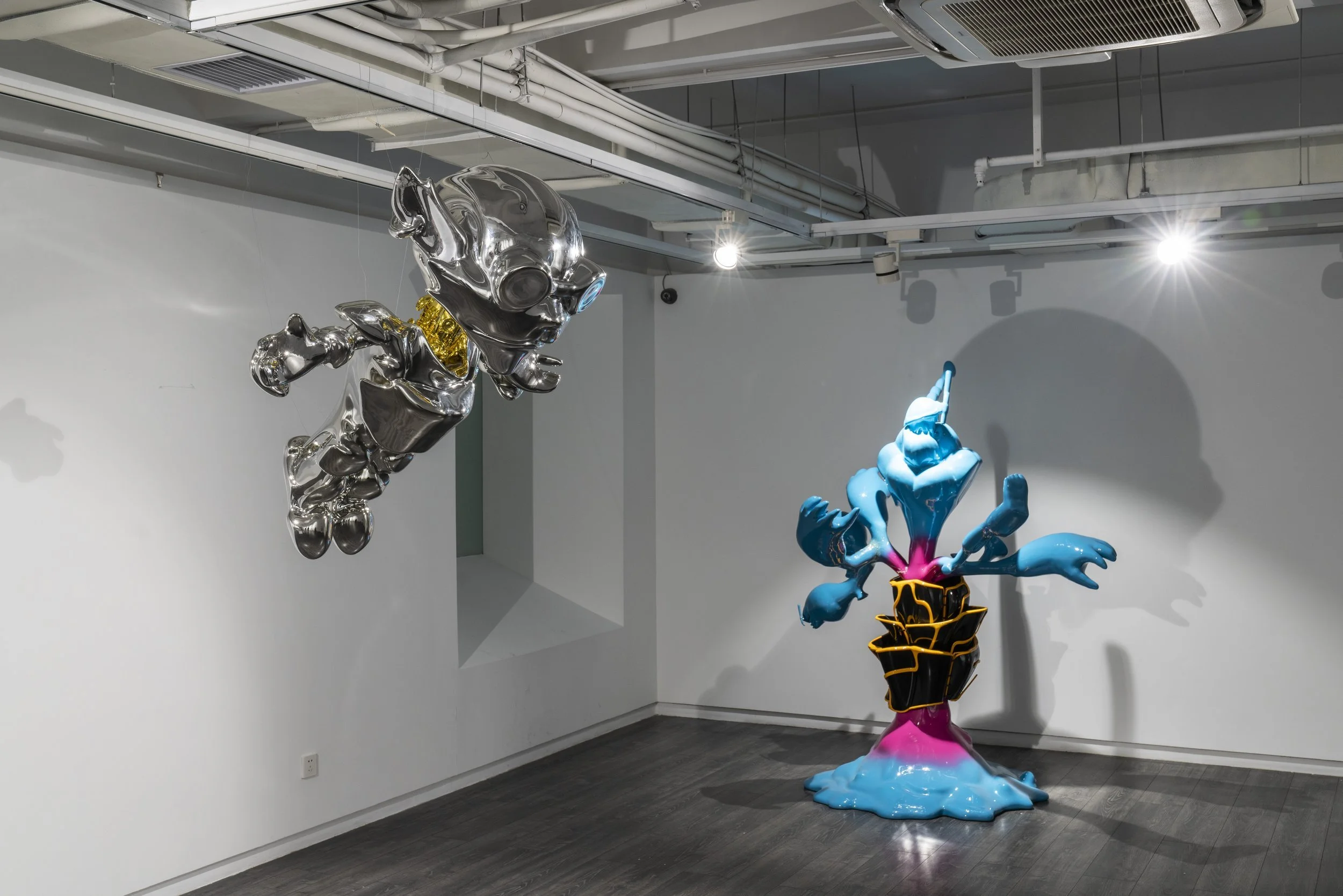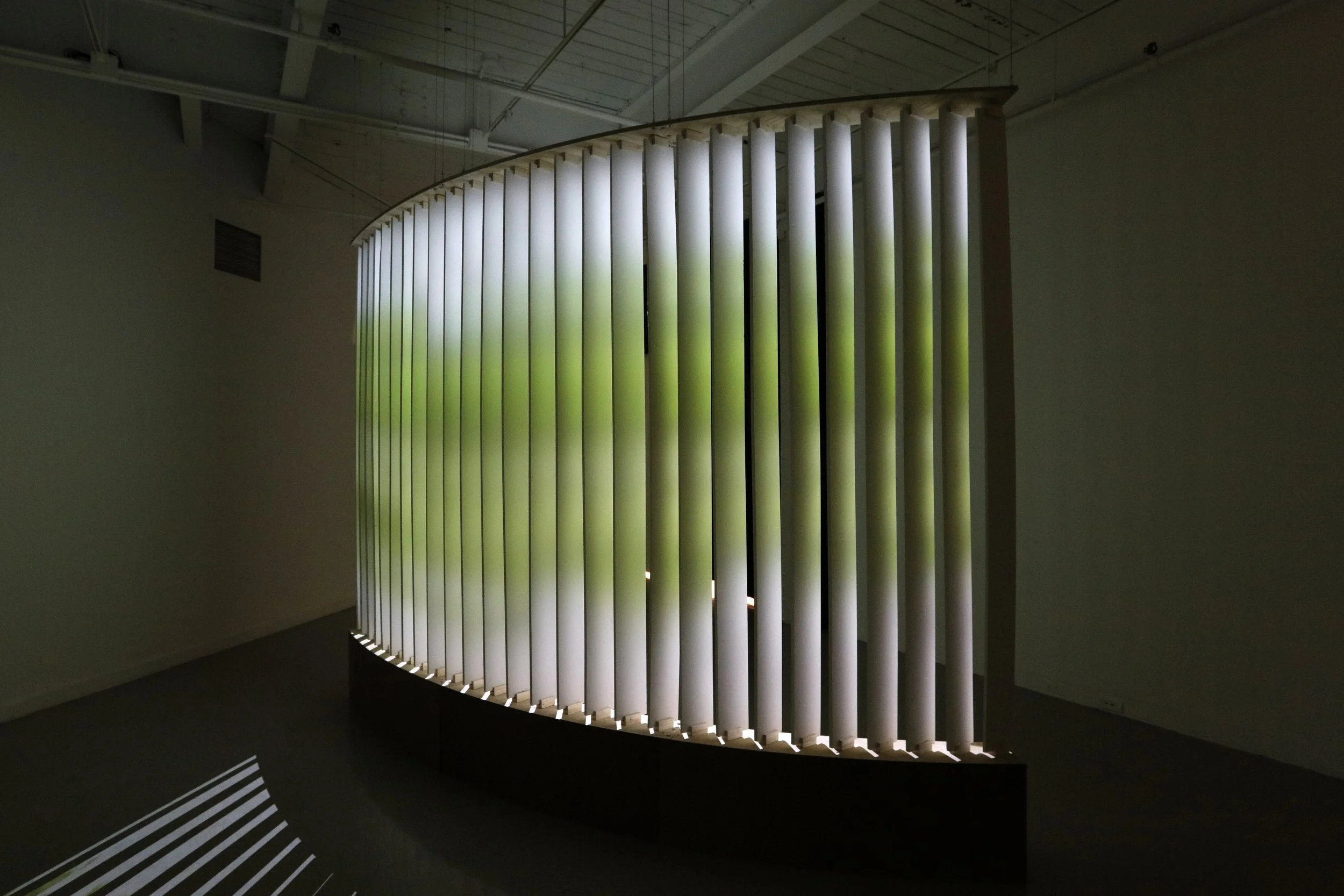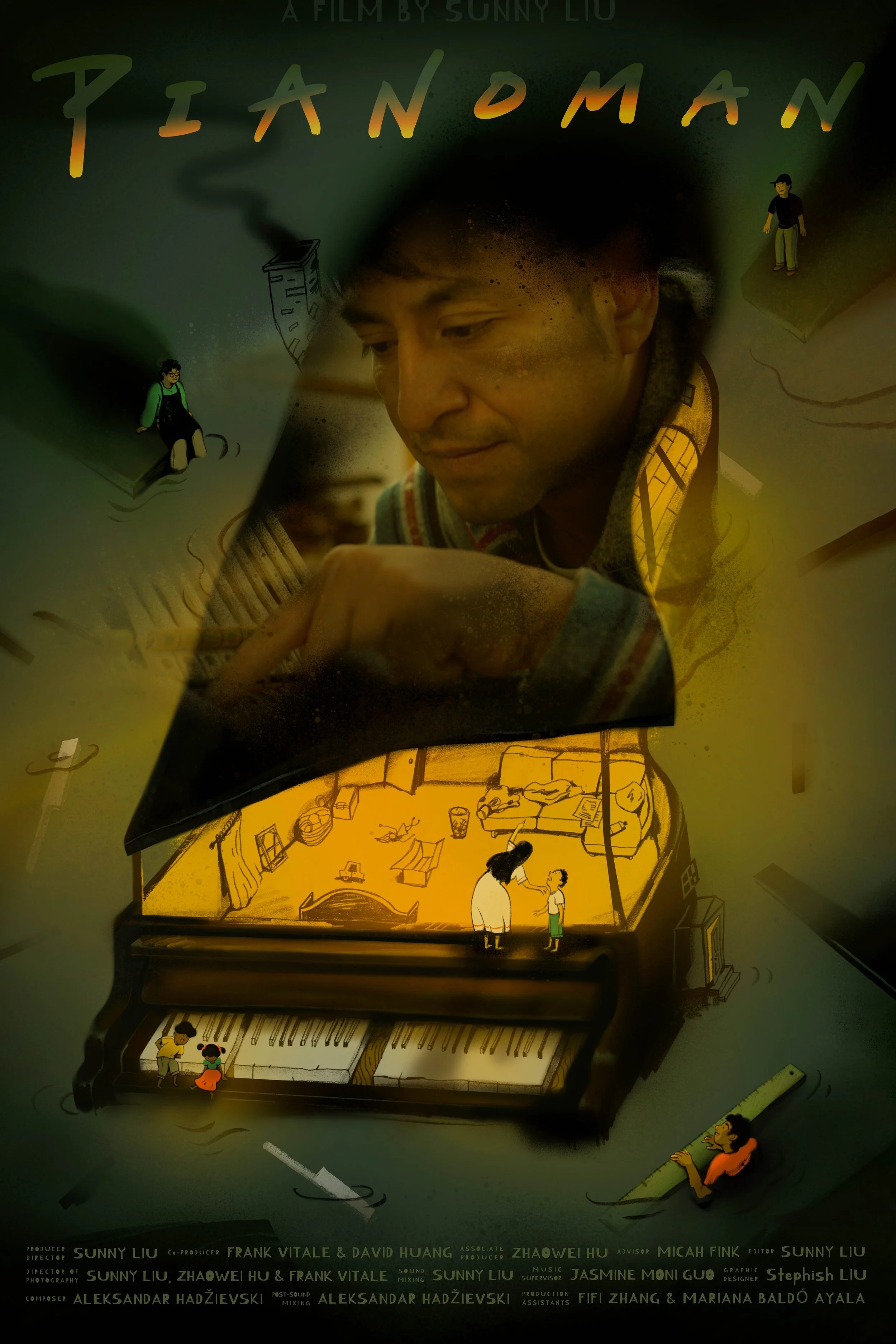7 Questions with Pedro Inock - ORIGINAL issue
Pedro Inock is a visual artist based in Lisbon, Portugal featured in Al-Tiba9 magazine.
Pedro Inock (1984) graduated from the Fine arts university of Lisbon. He works in the fields of video art, video performance, installation, and painting. Throughout his work, the analysis and observation of issues such as place, memory, and human condition make up for a large part of the process.
www.pedroinock.com | @pedroinock
Interviewed by Mohamed Benhadj.
This work deploys memory and place (or absence of) and possibility as groundwork as it challenges the bitterness and hostile condition of the postmodern human.
Our turbulence is a place beyond time and a time beyond place, an “A life to sleep a restless sleep,” an open and attentive cycle. This narrative consists of pure images considering the possible theoretical and aesthetic mechanisms and their many faces, a position of both threat and security. The work takes us through a set of slow-paced audio-visual sequences and powerfully colorful projections, often monotonal. It consists of otherworldly like landscapes that reference kind imagery, choreographed gestures (reminiscent of our complicated shared history as humans), reenactment and improvisation, relentlessly alluding toward complexity, emergency, and uncertainty. The soothing voice leads us into the void of our postmodern condition.
The Artist unapologetically builds a poetic and nuanced narrative from his somber self-reflection, ideas, desires, and theoretical background. These include self-references as well as allusions to eastern philosophy, so crucial to the work to allow the title, this “contained turbulence” to exist far outside the metaphor.
It’s systemic. We are vivid supernatural projections, stylishly versatile, explicitly interrelated material for memory and projection. “Time will make artists of us all.”
Author/producer: Pedro Inock | Contained Turbulence (Anti-monuments - part 1) 2019 High-Definition video single-channel, color | Duration: 9 minutes | Performers/narration: Nádia Lopes, Teresa Scholz | Acknowledgments: Elaine Puhek and Marina Gomes
Pedro Inock, for how long you have been in art? How did you start?
I think my path as an artist relies on vocation, and this manifests at a very early age. It transcends passion and will; it's something innate, consistent, and involuntary, I guess. To put it simply, I don't remember ever not doing it.
Starting a fulltime activity requires some compromise, both on my end and the end of all parts involved with me. It came gradually, growing to a point where it made absolutely no sense to see my nature as something to be "executed" partially. It required the time and availability for my body of work to mature and reach a level that I am comfortable sharing and exhibiting it.
Your project "Contained Turbulence" builds a poetic and nuanced narrative from your self-reflections and desires. Can you talk about how your experiences and the places you inhabited shape your vision?
"Contained Turbulence" is part of a more significant -multidisciplinary- work called "Anti-Monuments." It is composed of text, video art, sound, video performance, as well as more classic media such as drawing and painting, combined into what I believe to be a sober -yet romanticized- narrative on our positioning in the modern world. In other words, this large (and still ongoing) work is centered around the human postmodern condition, facing this ever-accelerating, contemporary reality.
Contained turbulence comes from a place where doubt and uncertainty, behaviors and dreams, passions and solitude, clash with indifference, cognitive biases, self-centeredness, and a certain blasé approach that we observe passively every day. This work is mostly a question on the duality of expectation vs. reality, and how in most cases, the zeitgeist may fall under those who oversimplify our way of seeing the world, ending up converging what composes "living" to a problem-solving heuristic approach, prone to failure.
Photo courtesy Pedro Inock©
But, the perspective here is to observe the world from outside the subject and use it as a questioning mechanism of our contemporary existence (by my own experiences), which may in itself resonate with someone else out there.
So, rather than an aggressive, boastful criticism, or some new age cure to excessive pragmatism and discouragement, these experiences and places tend to evolve towards the sacred, our existence in between life and death, that will inevitably slow us down. So yes, It always relies on poetry and my everyday experiences (and self-reflections) are indeed where the project is born, and the work ends up shaping me more than otherwise, its comforting, yet somber.
How are you inspired to take the elements of photographic mediums, with audio-visual sequences, strong, colorful projections, and body expressions with their emergency and uncertainty to let all these mediums cohabit together, and then turn it into an artistic project?
The subconscious idea in my work is always to retain movement and capture an experience, therefore condensing time. To this effect (and despite working with several media ) video is to me what painting was to the 15th century, the possibility to make the visible world, tangible. To open a path for communication, a way to channel my voice into the age of massive acritical-spitting media (image).
So to me, it's only natural that these mediums cohabit together. Even in different places in my work, bind together by ethics and words, or in a nutshell: language.
The words, the language, dictate it all. Language always comes first. It structures thoughts, and introduces chaos; it describes events and deconstructs phenomena. Still, mostly it teaches us that all of these concepts, when applied, lead to questions and actions, and depending on the words you use, the more or less urgent the body expressions will be, the more certain or uncertain things will appear. The more or less important the audio will be if present/necessary at all.
As for the color you mention, the very saturated overlay that sets the tone of the video work from the start is the last thing to be considered. It usually comes from the way I perceive and feel certain places in my memory, synesthetically, meaning that when I think of a place, it is generally bathed in a substantial saturated color...almost tangible. When color doesn't come first, that place is not mine anymore.
This thought will -probably- suggest yet another different way of perceiving places (and our presence) in our memories, and maybe even the way we "read" art, perhaps. It makes a lot of sense to me.
What style of art would you classify your work?
Like the arts in general, my work is always changing, and my relationship with art is contingent on socio-cultural and historical phenomena. As a principle, it would not be fair to assume a medium-based classification of my work. However, I think that these elements, these phenomena depend asymmetrically on my core experiences (having lived them or not). Based on this, I'll explore certain fields of human action, existence, place, and finitude, and these ideas will, in time, request their media of choice to better come into existence, to be materialized.
This is complex, and honestly, I never know how it's going to end up (let alone where it'll fit). It may sometimes result in a work with an unstable aesthetic, remain unaltered or develop as the beginning of yet another work, I never know.. It's all a matter of time and intellectual honesty. So as far as style, I don't give much thought to it, it's someone else's job. And this is the closest answer I can give.
What do you see as the strengths of your pieces, visually or conceptually?
It's a slightly tricky question. First, I think I'd rather see my pieces as parts of a larger picture (my body of work), making each piece something that precedes and succeeds some other work within this undefined frame. To take something out of it, one needs to be willing to position themselves in between some non-linear diegetic and non-diegetic reading. Perhaps Its main strength resides in the intentional request; it makes us: "Please, slow down."
Photo courtesy Pedro Inock©
This behavior, whose source is neither visible nor traceable, will hopefully result in ripples that may influence emotions, actions, morals, etc. If the work itself is against a strict reliance on these terms, it may have universal recognizable features along with its aesthetics.
Which of your projects has given you the most satisfaction?
The project I am working on at the moment. The uncertainty of where it'll take me is always something that comforts me. Having said this, Anti-monuments (to which contained turbulence is a part of) is the one that demands all my focus, and the results have been satisfying.
It's important to mention that satisfaction comes from sharing experiences. I'll have to include every work that motivated someone to come and talk to me, to share their experience, and all projects that are now in someone's home, or the ones that now belong to collective memory.
Do you have any upcoming shows or collaborations you are looking forward to?
My practice, although being majorly in a place and state of solitude, relies heavily upon the establishment of continuous dialogues with people from various backgrounds. This helps me to shape my vision, concepts, and aesthetics but sometimes end up in collaborations such as in the fields of sound. A recently released album with Yasuyuki Uesugi a Japanese noise artist and a sound project with René Huysmans, a Dutch sound artist.
Regarding my main practice, I belong to an artist collective (b.2213 Kunst Kollektiv) with artists from around the world. I have three ongoing collabs as well, one with Magdalena Vaskó, a Polish Berlin-based artist, dancer, and choreographer, Giulia Canini an Italian multimedia artist and Laura Peixoto, a Portuguese collage and new media artist.
As for exhibitions, I'm no different than any other artist facing these unforgiving pandemic times. I hope all my 2020 events will end up happening sooner or later, among them I had two performances, and three exhibitions as well as work selected to a Videoart Festival in São Paulo, Brazil.






















